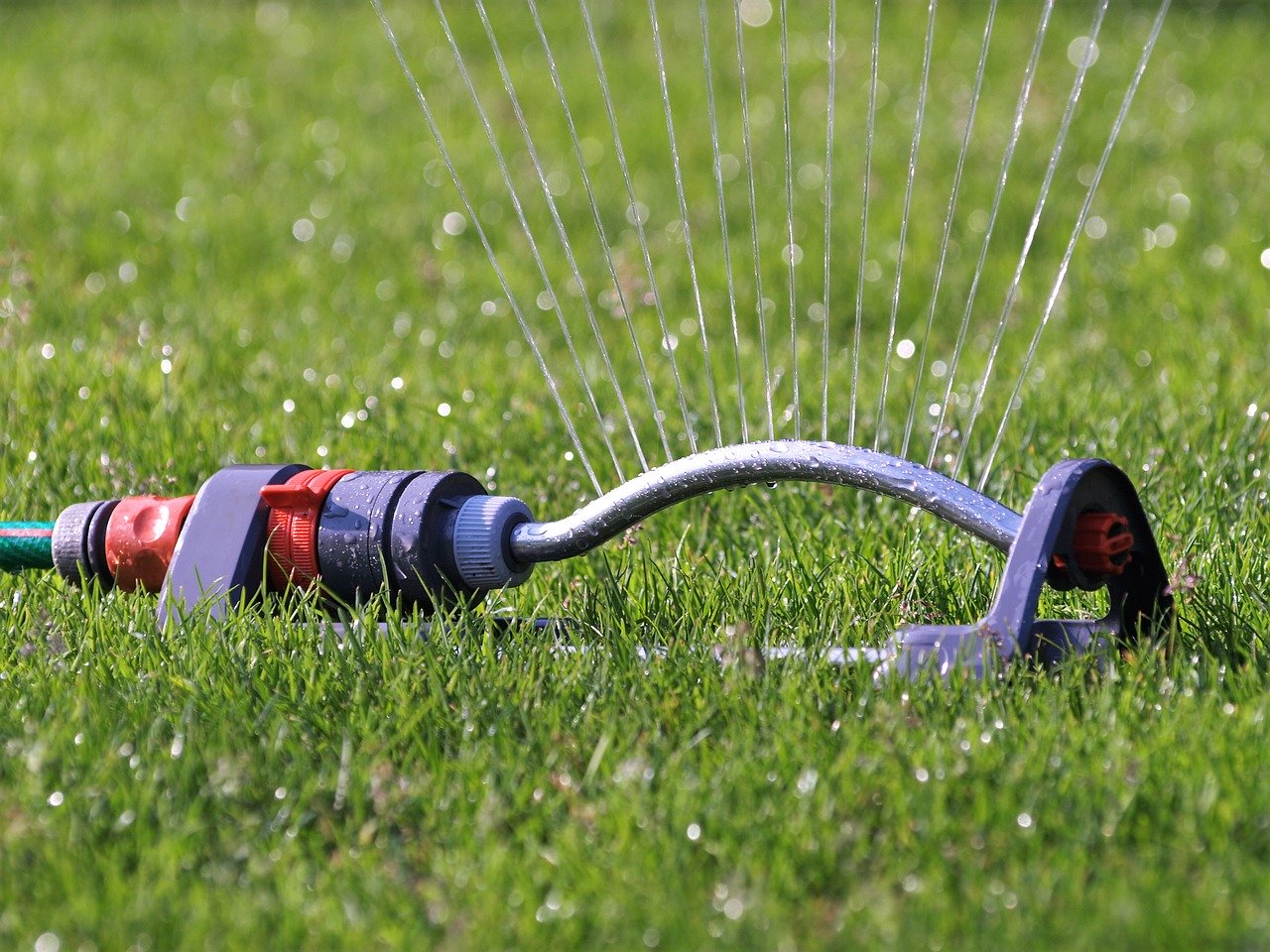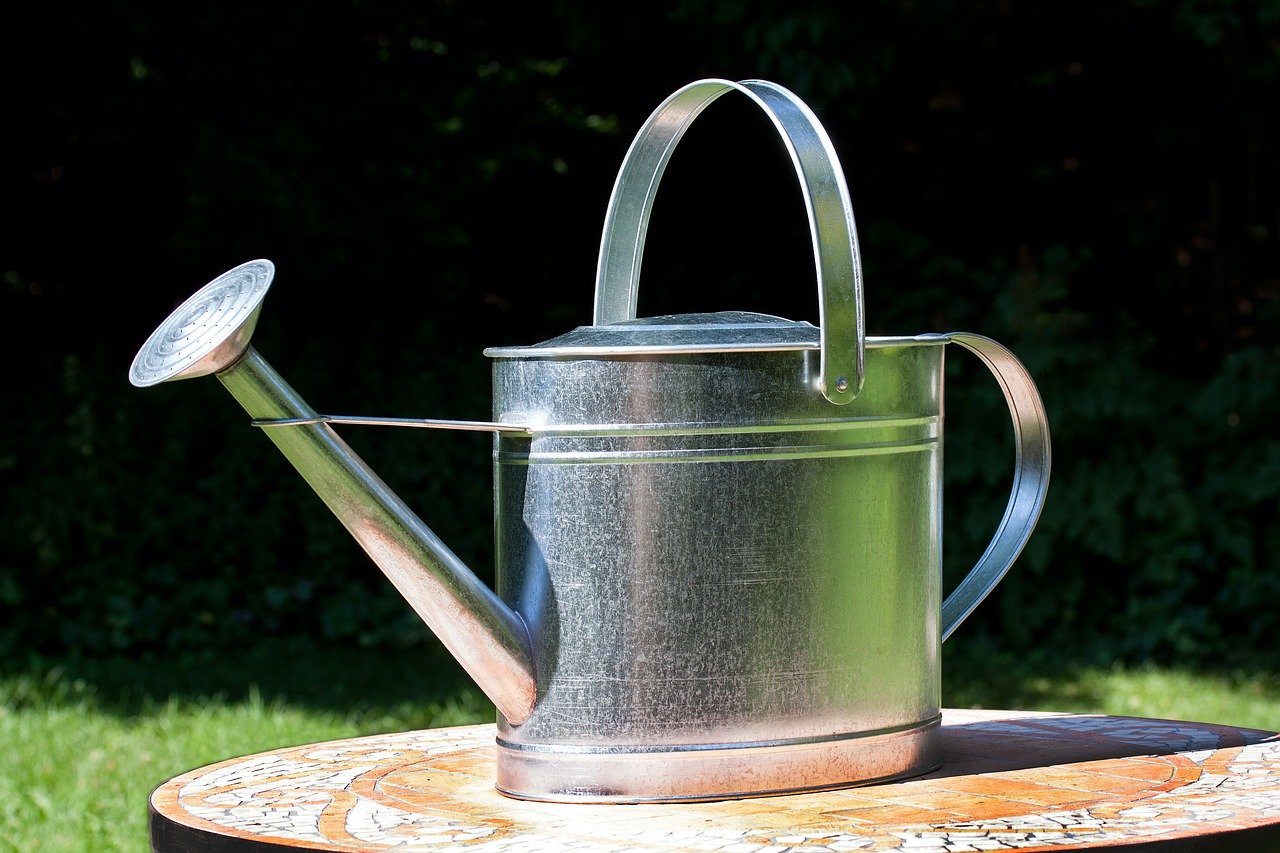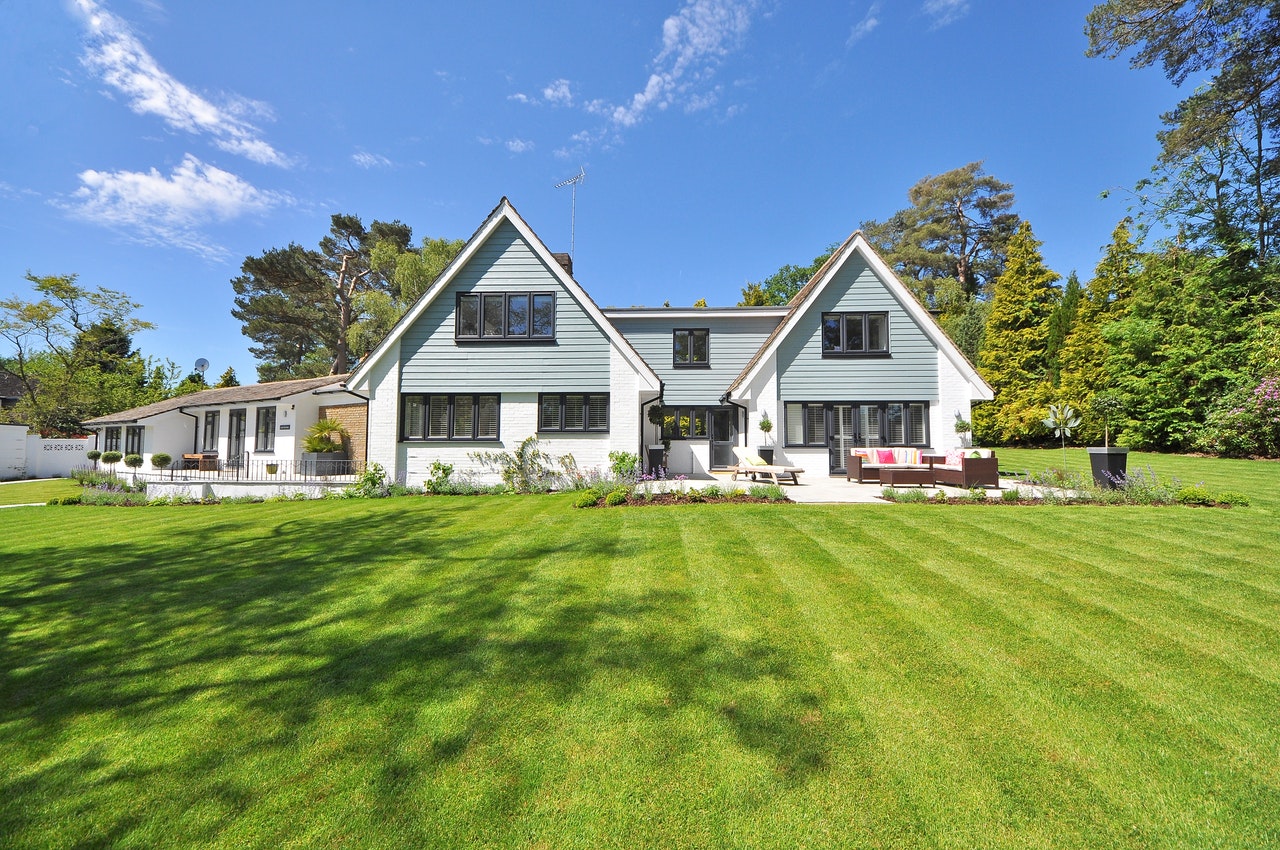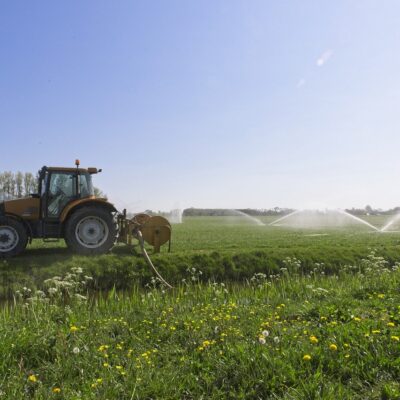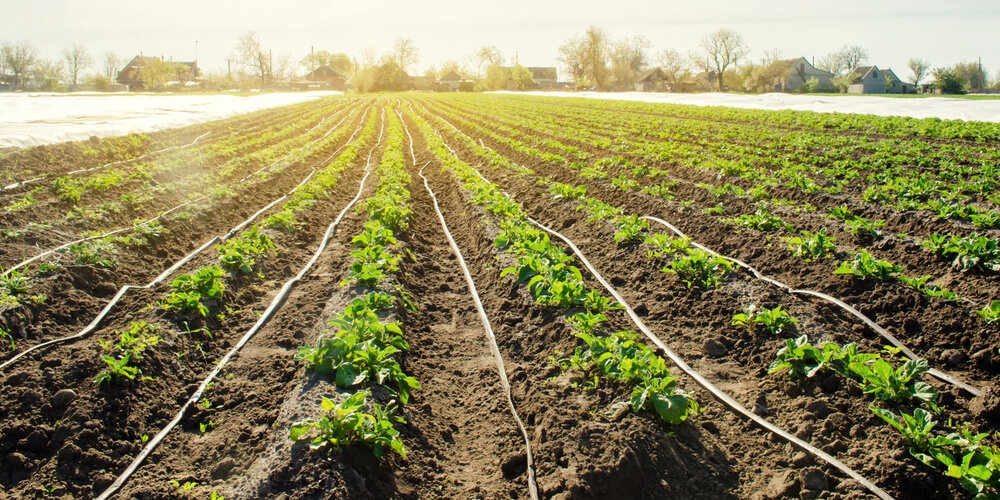When the weather is nice, there is nothing better than sitting in the garden, enjoying the sun and smelling the flowers. While any garden can be a lovely place to sit, one that is looking nice and is well maintained is something to make you proud.
As the weather gets drier, so does the need to keep the garden watered to make sure the plants and grass don’t die. However, one of the questions that many gardeners get asked is ‘How often should I water my garden?’
The answer to this question depends on many different factors, which we will look at in this article. But knowing a few of the basics about your garden will go a long way to helping know how often you need to water it.
Soil
One of the biggest factors when thinking about watering your garden is finding out what type of soil you have. Different types of soil absorb water at various speeds which can be crucial when dealing with plants that like a certain amount of water. In general, there are six soil types:
Clay
Clay soil is usually sticky and lumpy when you dig through it. Because of this, it drains water badly and you can get water sitting on top of the soil if there is too much rainfall. Clay soil can also be hard to work when digging in the garden.
Sandy
Sandy soil will feel gritty and dusty. It dries out fast, which can bring its own problems, especially in dry weather. Most people with sandy soil will add mulch to help retain some moisture.
Silty
This type of soil is one of the best to have in your garden. It holds moisture well and can be compacted when planting flowers. It is also an easy soil to work with especially when you are doing a lot of digging.
Peaty
Peaty soil is dark and feels almost spongy to the touch. Because it is good at retaining water, you often need to have good drainage or channels to allow water to escape. The soil can be high in acid so needs other elements such as lime to make it best fro growing.
Chalky
Chalky soil will be stonier in texture and often contain small pieces of chalk. It has good drainage which is good, but the high alkaline means plants can be small. This type of soil won’t retain water for long, so you might need to add additional elements to help retain more moisture.
Loamy
This soil is a mixture of sand, silt, and clay and can feel damp to the touch. Because of the good mixture of soils, it is great for a variety of uses such as lawns, flowers, and shrubs. It not only drains well but also retains enough moisture to keep gardens well-watered even in the summer months.
There are soil testing kits that you can buy, that will help you discover the type of soil you have, and what you need to do to make it better.
Climate
Climate can also have a big impact on how often your garden needs to be watered. If you live in a dry and warm climate, then you will need to water your garden more often, perhaps every week. However, if you get rain often, then you may only need to water every two or three weeks.
See our landscape irrigation systems here.
One way to get a more consistent watering schedule is to invest in a water collection container. This attaches to your downpipe and collects rainwater. You can then use this water when you have periods of little rain.
The soil will also play its part, if you have clay soil in an area that gets lots of rain, then you find the water won’t drain away for a while. You may need to add other materials to help drain or retain moisture so that your garden gets consistent amounts of water.
Light
Depending on where your garden faces in relation to the sun can be a factor when it comes to watering.
If your garden gets a lot of sun then this will dry out plants and the soil quicker. This means even if you get rain often, you may still need to increase the number of times you water your garden.
So, How Often to Water Your Garden?
Because of the different factors, this is why there is no general rule for when to water your garden. However, the best idea is to regularly test your soil to see how much moisture there is. After a little while, you will start to know when your garden will need more water and when it needs less.
You can then also add other components to the soil to make it more consistent. Using certain types of plants can also help. Choose ones that naturally like the soil you have so that you don’t have to prepare the ground first.
What Time Is Best?
To get the most from your watering, you need to choose a time when the water can make the most impact.
The best times are either early in the morning, or later in the evening. These are times when the ground is cool and the sun is low. It means the water won’t evaporate or get absorbed too fast. It also means that the water won’t cause the leaves on the plants to burn.
By understanding your garden and your climate, you can quickly discover a schedule that will be best for you.
